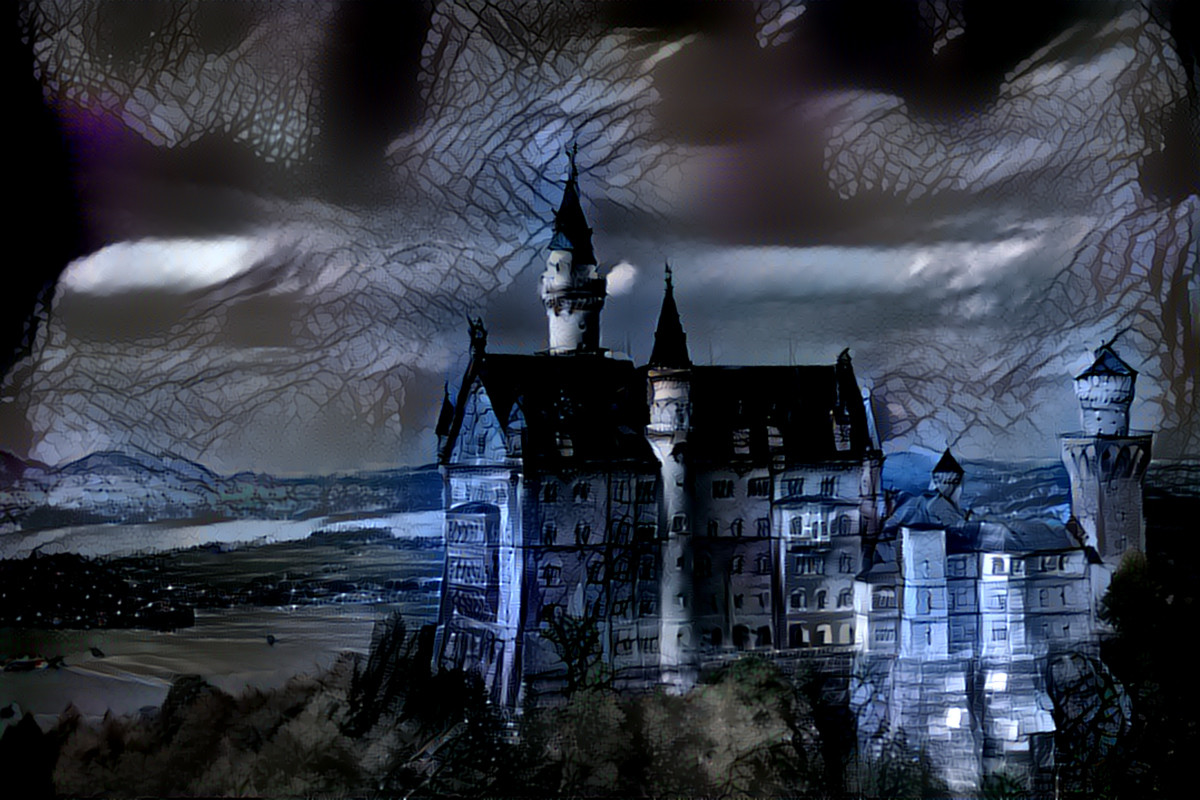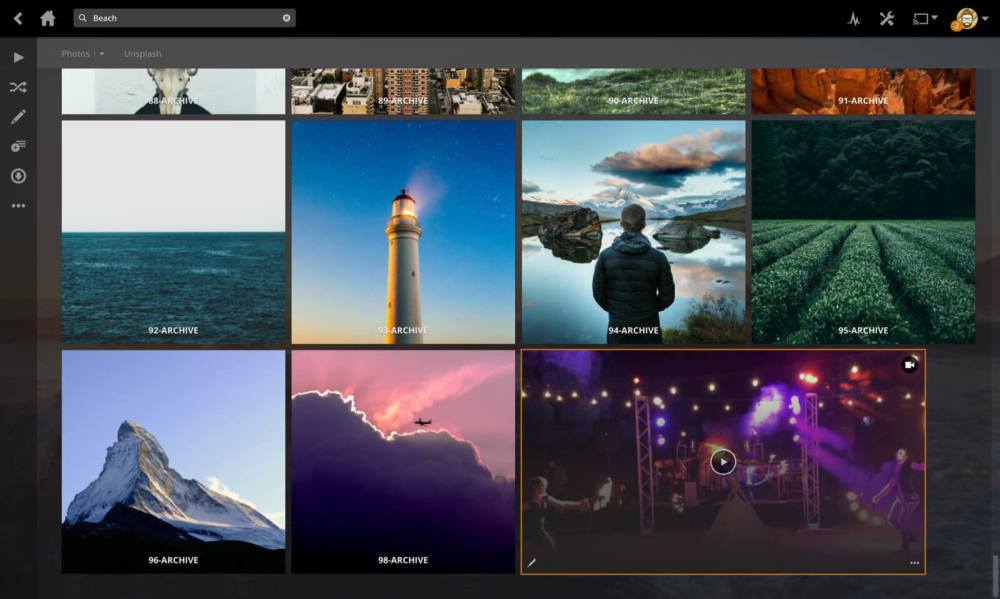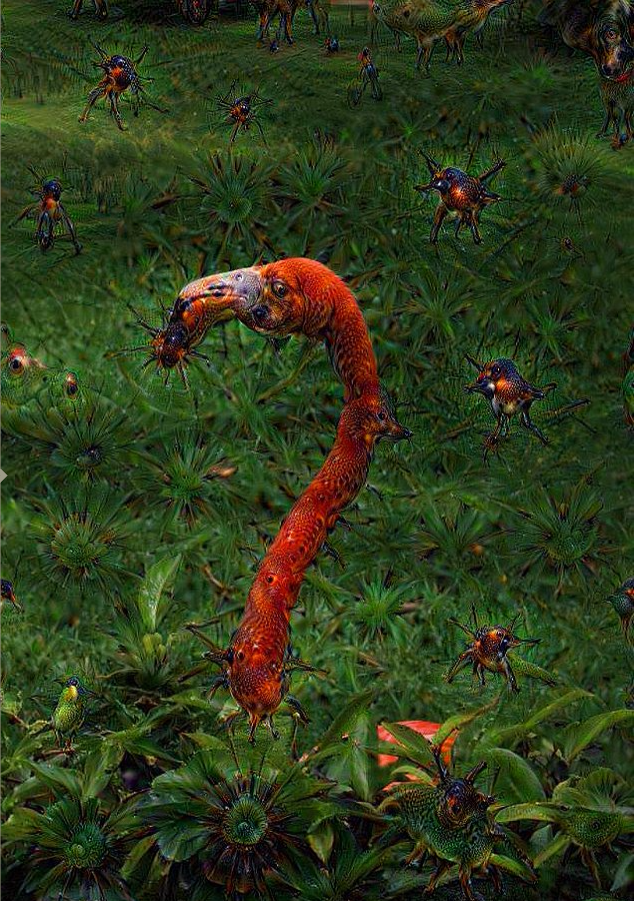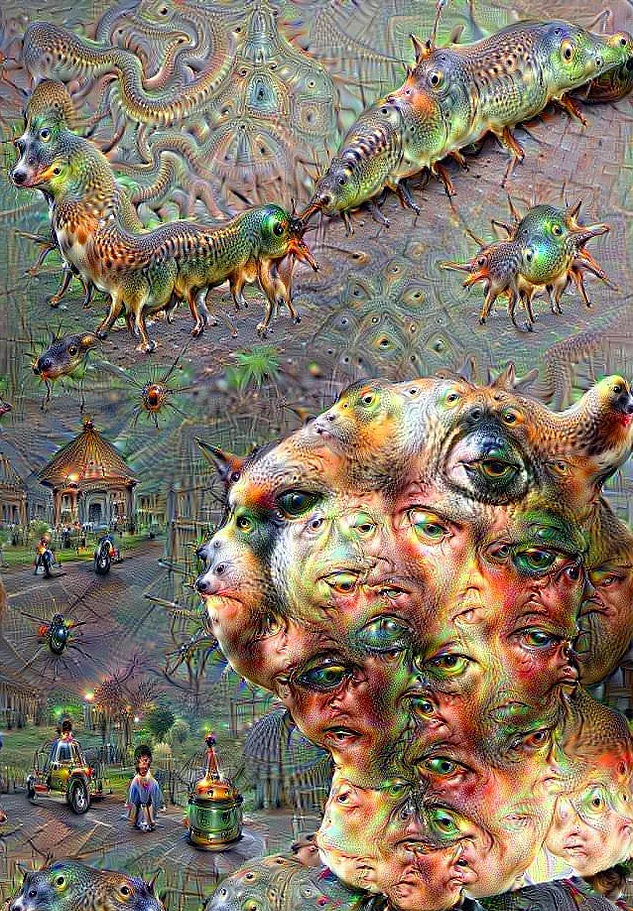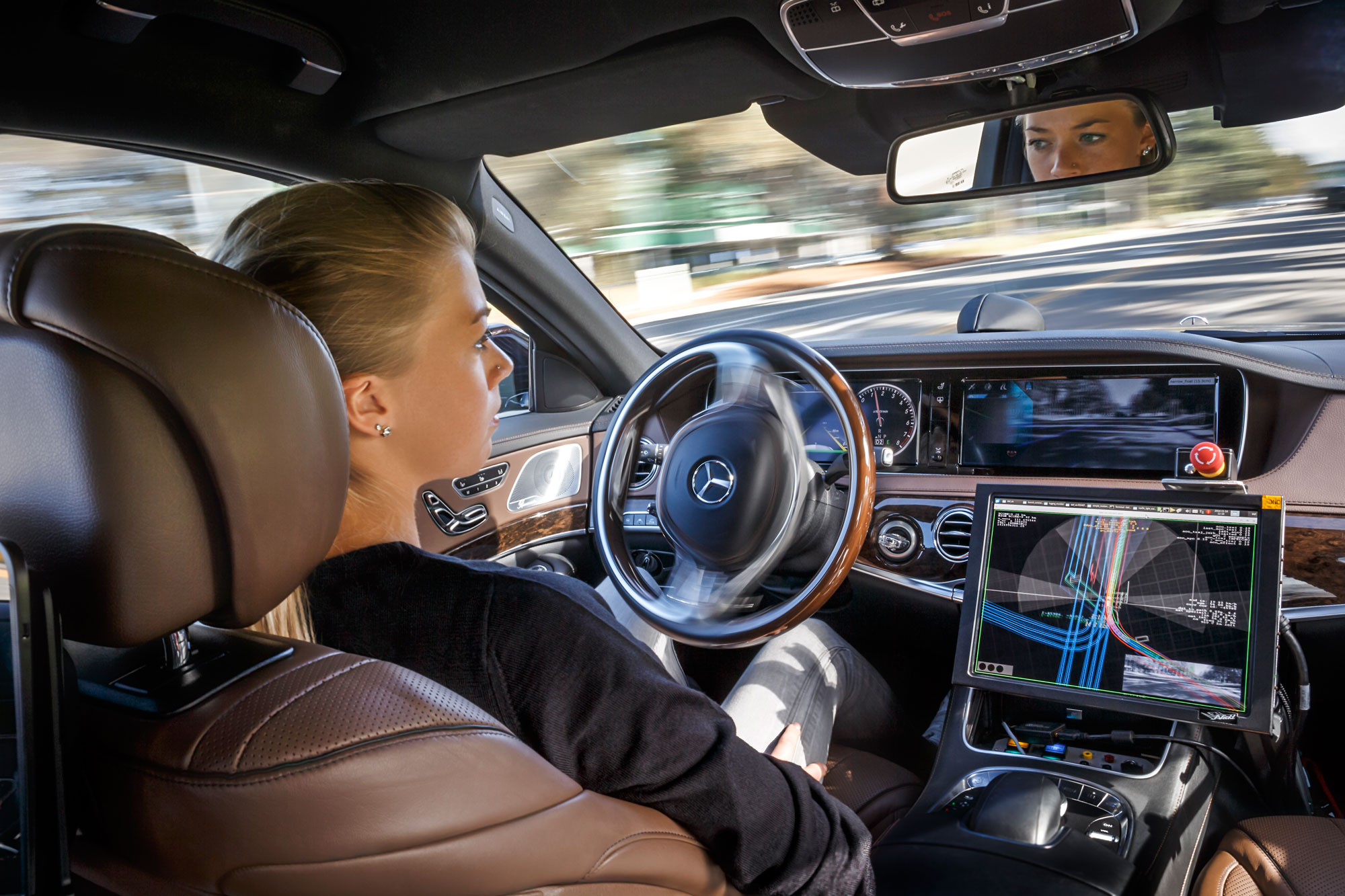MIT, Massachusetts Institute of Technology, is one of the leading universities that helps the world advance with its technology and now the scientists at MIT are training an AI to scare people!
This algorithm called “Nightmare Machine” is designed to turn a given image into a spooky one. It works like a scary filter and covers the image with frightening effects. The three people who wrote the software are sharing photos over the social media and asking people to choose which of them is the scariest one in order to train the AI and make it more terrifying. They are creating a learning mechanism by adding these data to the program and getting increasingly scarier photos.
This program which has been tested on celebrity faces and famous locations, achieves to give scary results.
